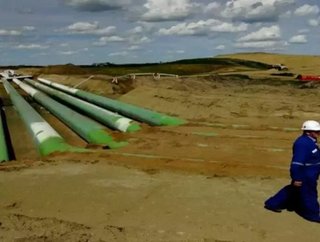Keystone Oil Pipeline: Why There Shouldn't be an XL

TransCanada reopened the 2,100-mile Keystone oil pipeline Monday, which pumps some 590,000 barrels of crude per day from Canada to facilities in the Midwest. It had been shutdown last week after tests revealed possible safety issues.
According to the company's spokesperson Shawn Howard, there were no leaks, but the system will be operating at less pressure until additional testing is completed. With plentiful supplies across the U.S, the temporary shutdown isn't expected to affect production or gas prices.
SEE OTHER TOP STORIES IN THE ENERGY DIGITAL CONTENT NETWORK
Iraq Oil Output to Triple by 2035—Mission Accomplished?
Read more in Energy Digital's October Issue
Meanwhile, TransCanada's plans to build the controversial $7 billion Keystone XL pipeline from Canada to refineries in Texas remains delayed, many hope for good. Not only would the proposed pipeline not actually bring any more oil into the US market for decades to come, the majority of the oil that reached refineries in Texas would then be located in free trade zones in the Gulf where supplies could be shipped off to foreign buyers (without paying US taxes).
Oh, and it's also dangerous. The Keystone oil pipeline alone has seen twelve oil spills in North Dakota—the largest of which included about 400 barrels of oil. But despite TransCanada's inability to keep the Keystone oil pipeline from operating without leaking, the company says that if the Keystone XL pipeline were to get the green light, it would be the safest ever built.
I call bulls***.






